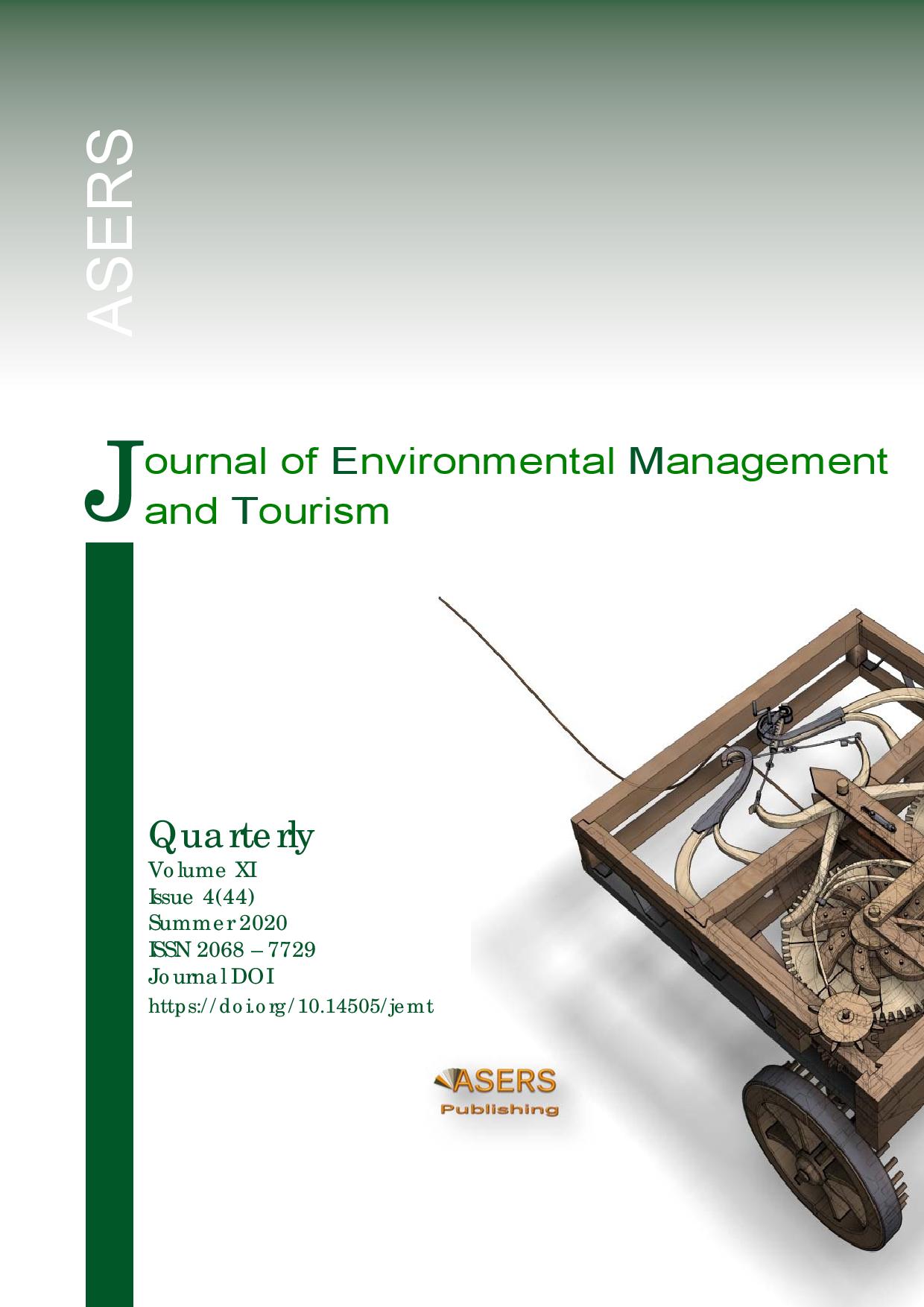Financial Provision of Investment Activities of the Subjects of the World Industry of Tourist Services
Financial Provision of Investment Activities of the Subjects of the World Industry of Tourist Services
Author(s): Natalia Trusova, Nataliya S. TANKLEVSKA, Tetiana Cherniavska, Oleksandr S. PRYSTЕMSKYI, Denys Yeremenko, Valentina S. DEMKOSubject(s): Economy, Business Economy / Management, Tourism
Published by: ASERS Publishing
Keywords: financial provision; multiplicative effect of investment costs; budget financing; public-private partnership; world industry of tourist services;
Summary/Abstract: The article deals with the methodological approach and practical aspects of the development of the corporate financial security system for forecasting the investment activity of the subjects of tourist services and modeling of their tourist flows for restoration of the natural and recreational potential of the state (region) of the world level. It is proved that the multiplicative effect regulates the economic and social indicators of the tourist services and under the influence of financial policy, sets the vector of their state support, suspends the information asymmetry of the financial market in the corporate financial security system, forms a stable inflow of financial resources from tourism sector, diversifies the model of financing the investment costs of the tourism industry on the basis of public-private partnership. The dynamics of changing the time trend of the integral multiplier effect of investment expenditures of the tourism sector is substantiated. A methodological approach to estimating the multiplicative effect of investment is proposed, which defines the interdependent relationship between the differential “input-output” of the tourist services industry of the meso-level using information technologies of the money generation model. The contribution of the multiplier effect of investment costs of tourism services to the country's GDP has been determined as a complex budgetary system of financing investment projects in the regions, taking into account the conditions of employment growth and job creation. The structure of the subsidized distribution of financial resources for the investment costs and service of the tourist services industry in countries and regions of the world is analysed. The marginal criterion for effective consumption of investments for all world countries, which ensures the movement of tourist flows in the financial resources market and shapes the investment attractiveness of the regions is 3.9%. It is proved that the contractual and institutional model of public-private partnership allows to support private investors, to regulate and fill budgets of all levels, to increase the social responsibility of subjects of tourist activity and to accelerate the economic growth of the country.
Journal: Journal of Environmental Management and Tourism (JEMT)
- Issue Year: XI/2020
- Issue No: 04 (44)
- Page Range: 890-902
- Page Count: 3
- Language: English
- Content File-PDF

